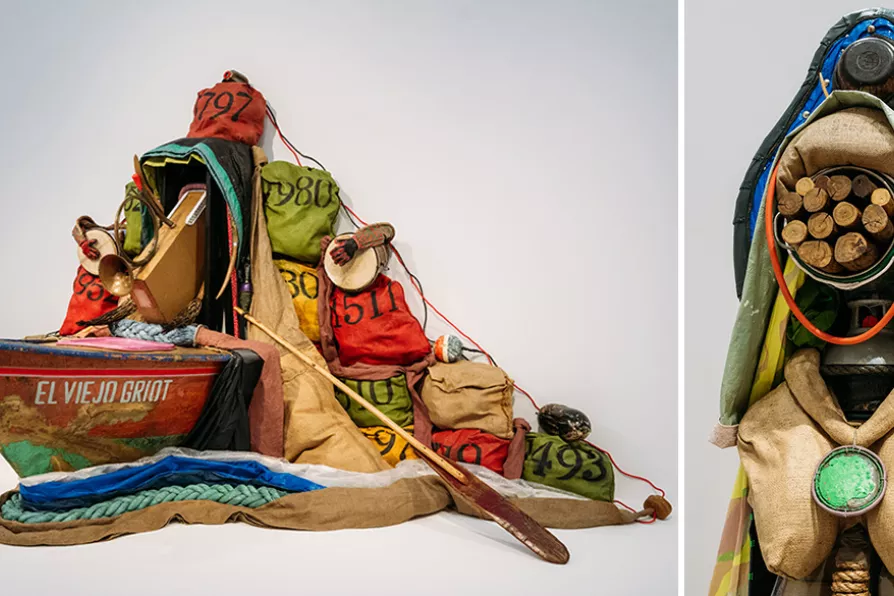ANDY HEDGECOCK picks out his cultural highlights of 2025
The eloquence of everyday objects
ANDY HEDGECOCK relishes two exhibitions that blur the boundaries between art and community engagement

 Daniel Lind-Ramos, Ensamblajes, Nottingham Contemporary
[Jade Vowles]
Daniel Lind-Ramos, Ensamblajes, Nottingham Contemporary
[Jade Vowles]
Allan Weber, My Order
★★★★★, Nottingham Contemporary
Daniel Lind-Ramos, Ensamblajes
★★★★★, Nottingham Contemporary
DONALD TRUMP’s philistinism is apparent in his fondness for self-aggrandising kitsch, but the Kennedy Center putsch — in which Trump unilaterally installed himself as chair of Washington DC’s temple of the fine arts — suggests an understanding that culture can shape the national psyche.
Perhaps we should expect further co-option of performing arts institutions in support of the MAGA cause. Will the list of Trump-approved artists be limited to Confederate flag flaunter Kid Rock, swastika T-shirt pusher Kanye West and deportation cheerleader Ted Nugent?
Similar stories

Peter Mitchell's photography reveals a poetic relationship with Leeds

This is poetry in paint, spectacular but never spectacle for its own sake, writes JAN WOOLF

JAN WOOLF wallows in the historical mulch of post WW2 West Germany, and the resistant, challenging sense made of it by Anselm Kiefer

The Morning Star sorts the good eggs from the rotten scoundrels of the year










